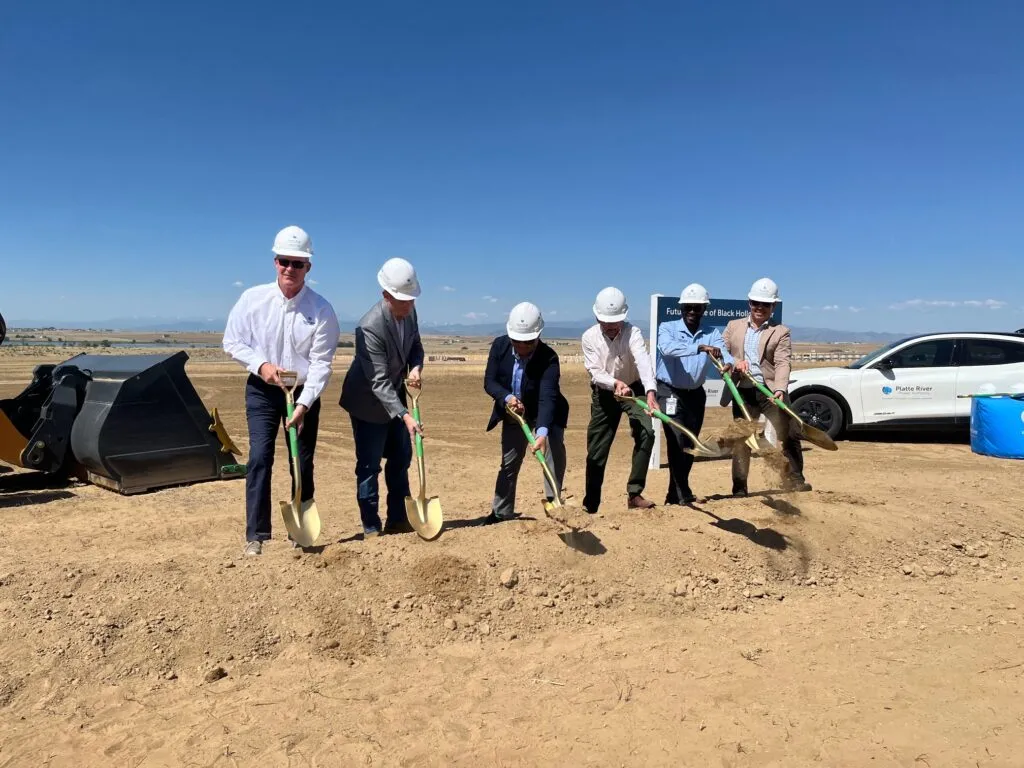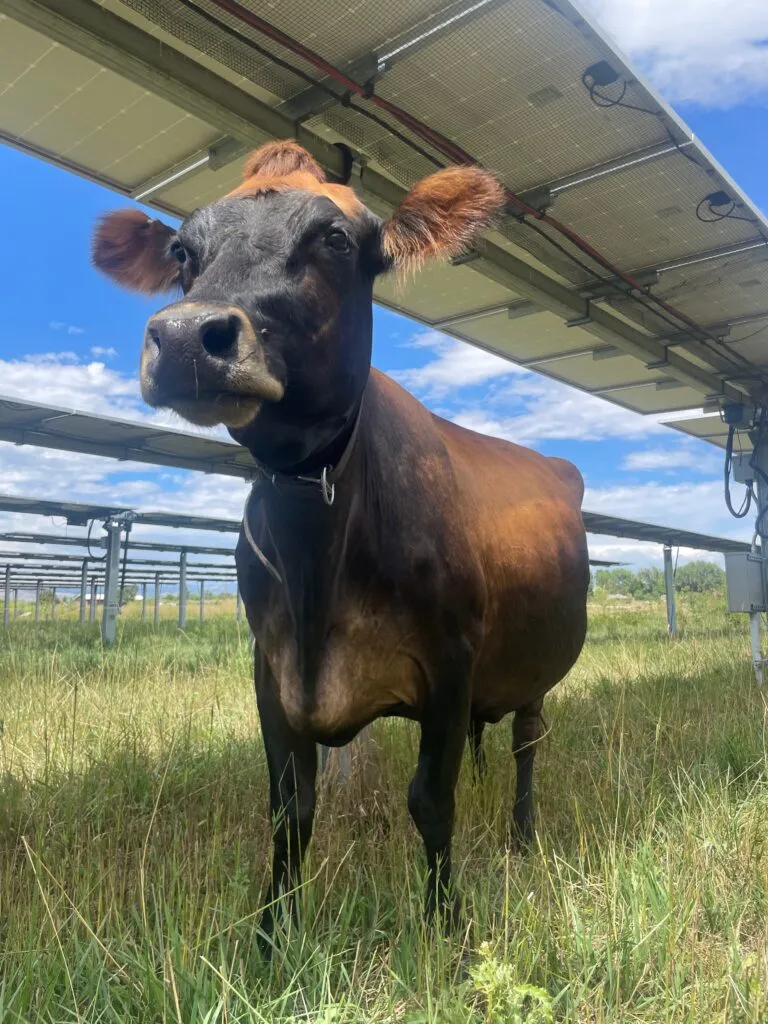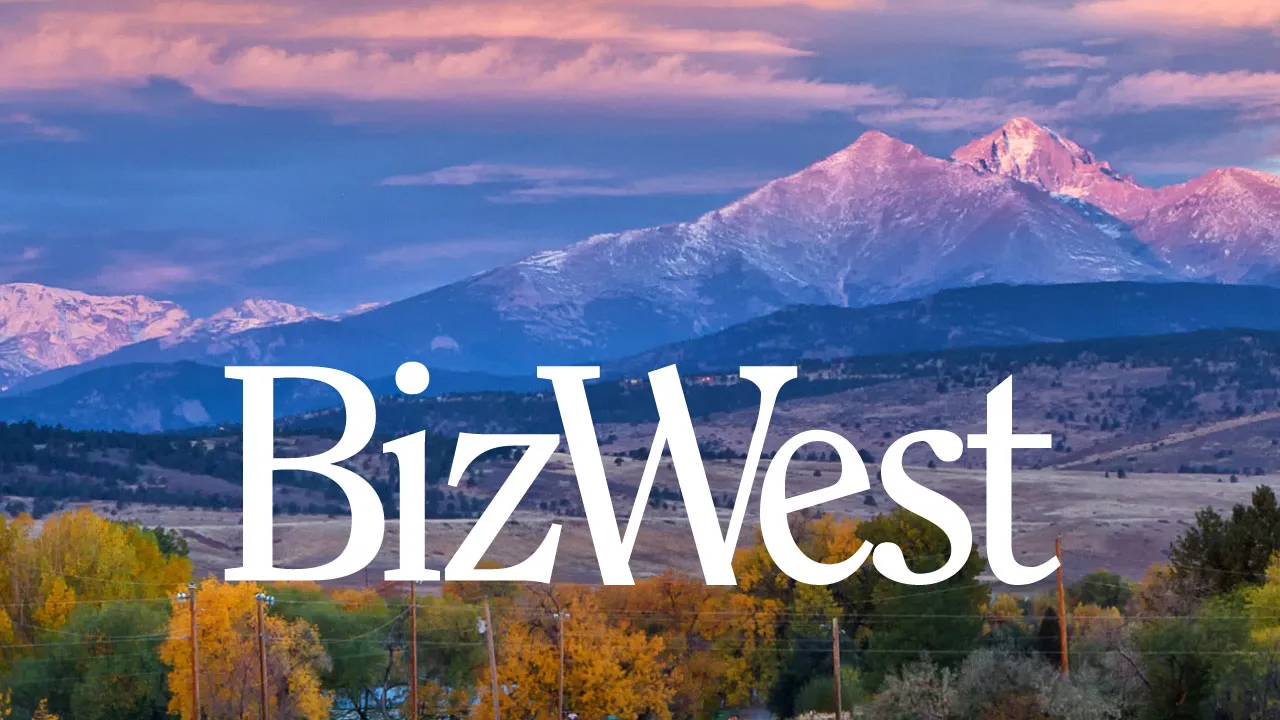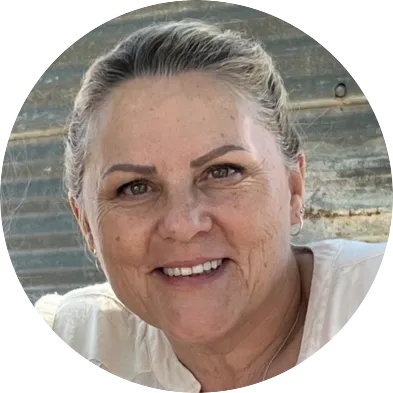Solar Central
Could Weld lose its agricultural base amid solar growth?

WELD COUNTY — Magnum Feedyards has operated for more than 30 years in eastern Weld County. The main line of business is growing feed and feeding cattle for market. Owner Steve Gabel started with 5,500 head in 1994, and he has gradually increased that to 35,000 head and 10,000 acres of land.
But today, he’s planning to turn 4,300 of those acres into a new use — solar farming. If approved, it would be the largest solar array in Weld County to date. He’s not retiring — on the contrary, as a businessman, Gabel is looking to get the highest and best use out of all of his property.
“What that ground has returned in the way of farm ground (compared to) the potential return through solar, believe me when I say its highest and best use is for solar. It’s not prime Weld County farm ground, it is marginal farm ground and mostly pasture,” Gabel said in an interview with BizWest.
SPONSORED CONTENT
As the state pivots more toward a clean-energy economy to reach Gov. Jared Polis’ goal of 100% renewable energy use by 2040, applications for solar farms are pouring in to Weld County, and commissioners are stamping their approvals through gritted teeth. While championing property rights, they also must weigh such projects against their codes, which they updated in 2021 to more effectively manage solar.
Still, commissioners are not too keen on state mandates, which they say are creating a false market for solar, and consequently enticing retiring farmers into transferring their land out of agriculture to more-industrialized solar uses.
Commissioners especially are not thrilled with the idea that Weld County has become ground zero for such projects when the impetus for them comes from outside its borders.
“We’re experiencing outrageous amounts of growth in solar in Weld County,” Kevin Ross, chairman of the Board of Weld County Commissioners, said in an interview Wednesday with BizWest. “Our neighbors to the west don’t want to site projects on their county ground, so they look to Weld for their opportunity ground for solar.”
Last year, developers requested to convert 1,761 acres of Weld County land into solar farms, and most were approved. So far this year, if all solar requests are approved, another 7,550 acres would be farming solar. The 1400-acre Black Hollow Solar Farm, which just broke ground in northwestern Weld County, was annexed into Severance, and will deliver power to Platte River Power Authority, which serves Fort Collins, Loveland, Estes Park and Longmont.
By comparison, three solar projects totaling 90 acres are in various forms of review through Larimer County, according to Planning Manager Jenny Axmacher.
Boulder County has approved five smaller-scale solar projects in the last 10 years. The county approved a 10.3-acre facility in 2023, and a 24-acre solar facility in 2022. One project, a four-acre facility off of Arapahoe Road in east Boulder, is under review and is set for a public hearing before the Boulder County Board of Commissioners on Oct. 10. It was approved by the county planning commission with 26 conditions.
According to a white paper by the American Farmland Trust in 2022, 27,400 acres of agricultural land in Colorado will be converted to solar by 2040, but 417,500 acres by that time will be taken over by urban and highly developed and low-density residential. That places Colorado 21st among all states. Texas, California and Florida round out the top three states with expectations of having the most amount of farmland converted to solar.

While hoping to preserve Weld’s agricultural heritage, Weld County commissioners also are strong believers in personal property rights. They know that Weld’s aging farming population uses their land to fund their retirements, and many farmers have either no successors, or have kids or grandkids who want to take over the farm. For some, selling is the only option, which means essentially a buy-and-dry.
It’s a conundrum for which few have answers.
Weld County Commissioner Scott James said solar farms are among the top three issues of concern for Weld County today.
“We weigh applications against code,” James said. “The solar developers are out there chasing what Xcel is going to buy.”
The larger concern, however, is how solar will “fundamentally change Weld County’s ecosphere,” James said.
“It creates an unfair market, where you have an agriculturist who has farmed that land for generations, and that farmer has been making two nickels on a bushel of corn for the past 40 years. Then a land developer comes along, saying, ‘I’m going to offer you a yearly lease on that land’ about what he’s been getting for his corn. And then you have a thirsty metro area that will buy that farmer’s water like that. You have a farmer exercising private property rights, which traditionally this board has been vehemently supportive of … but he’s doing so to meet the demands of an unfair mandated market that dramatically changes the infrastructure of Weld County forever.”
“The foundation of Weld’s economy is energy production, but before that it was ag,” James said. “Not only farmers, but ag processing, the entire ecosphere that exists around ag is now being yanked away because of a mandate (for clean energy) by state legislators.”
Weld County is No. 1 in the state in both fossil-fuels production and renewable-energy production. One strong difference in Weld’s energy mix is that once oil and gas wells have been drilled, the land is left with wellheads that take up minuscule space, allowing for farming to resume.
James and Weld County commissioner Mike Freeman agree that solar farming is fine on truly non-productive areas, such as pivot corners on farmland. But when it comes to the utility-scale solar that is essentially going viral in Weld County, the inefficiencies are problematic.
“It’s completely inefficient, and it makes no sense,” Freeman said. “It takes 800 acres of solar to produce what one horizontal well will do.”
Solar is expected to eat into America’s farmland by the millions of acres in the future. According to the AFT white paper, net-zero requirements will put more pressure on land use to include a variety of renewable energy projects, including a massive increase in solar.
“To fully electrify transportation, heating, and other energy needs, even more of these renewable energy sources will be needed, resulting in even higher land-use impacts — potentially doubling the amount of solar that would be deployed by 2050,” according to the white paper. The paper suggests dual uses on farmland, such as agrivoltaic systems that allow for growing crops on the underlying farmland, or grazing.
“Further applied research is needed to determine feasibility and best management practices but agrivoltaic systems have the potential to provide off-grid power to rural communities increasing their resilience while adding the economic value of the crops produced,” the white paper stated. “These types of agrivoltaic systems preserve a measure of agricultural productivity on lands used for solar and can help reduce the tension over solar being sited on farmland.”
Can agrivoltaic systems allow farm, solar to co-exist?
Jack’s Solar Garden in Boulder County is an example of such a system. Byron Kominek runs his grandfather’s 24-acre farm in Longmont, with a 5-acre array in which he co-locates solar panels with agriculture, operating it as a nonprofit, educational program for the community called the Colorado Agrivoltaic Learning Center.
His 3,276 solar panels produce 1.2 megawatts for the community, enough to power 300 homes. The solar array is on 5 acres, hardly close to the utility-scale projects being talked about in Weld, but Kominek encourages the discussion of diversification on solar farms. While he has partnered with a farmer on his solar property, it is smaller-scale, which has no restrictions on the number of people who can come in. Larger, utility-scale projects, would have federal restrictions on the number of people who could be near the solar panels, he said.
“I highly doubt there would be vegetable production on that type of acreage; I’d hope people would look for diversified livestock,” he said. “(Grazing) sheep is pretty well known in the solar industry. But we’re a cattle state. People run cows, not sheep, for the most part.”
But it’s not impossible; it just needs effort. “In Texas, they have massive solar arrays, and they still have people who go out there and run sheep on them, so there must be a way to work on these utility-scale systems,” Kominek said.
Kominek said solar arrays don’t have to be one contiguous group of panels. They could be created in sections to allow for a variety of uses. In different sections, landowners could run chickens, pigs, ducks, and of course, sheep and potentially cows in the future.
“There are a lot of different types of perennials you can grow,” Kominek said. “We grow raspberries and asparagus, and they don’t require much management. The way you would do ag in solar is not going to be how you’d do it outside.”
Longtime cattle-feeding rancher Gabel, in Wiggins, has weighed his options on the acreage. And if approved, he’ll have that land in solar for the next 40 years.
“We’ve tinkered around with the idea of (cattle) grazing, but the solar panels will be too close to the ground to allow for that to happen,” Gabel said. “There could be sheep grazed and goats grazed, alternative livestock that are grazed under the solar panels, but cows are too tall.”
“It has to do with water and soil quality,” Gabel said in regard to what makes the land less than prime. “Given the fact that it is marginal farm ground, the return from a solar perspective is substantially better than if it were grazing or farmland. That is our motivation. We have to buy it and pay for it, so it becomes our challenge to identify the highest and best use so it makes sound sense.”

WELD COUNTY — Magnum Feedyards has operated for more than 30 years in eastern Weld County. The main line of business is growing feed and feeding cattle for market. Owner Steve Gabel started with 5,500 head in 1994, and he has gradually increased that to 35,000 head and 10,000 acres of land.




